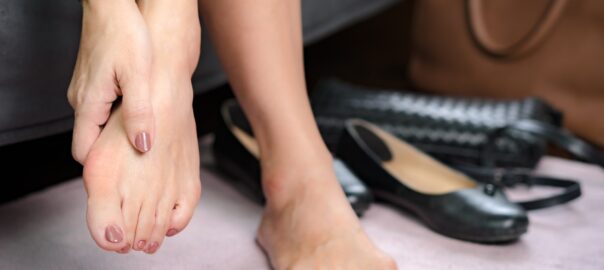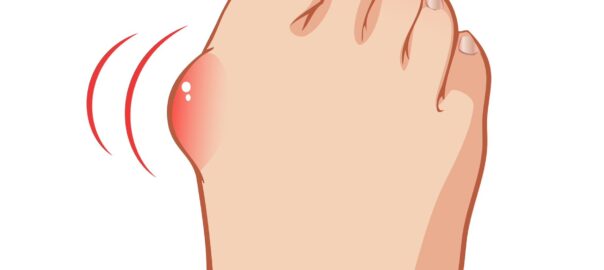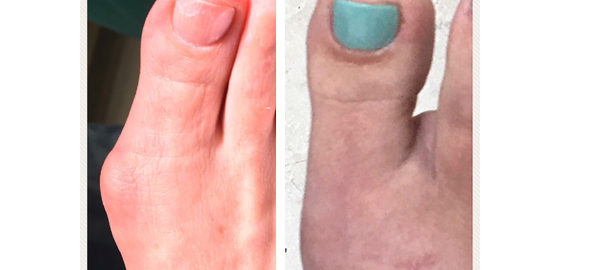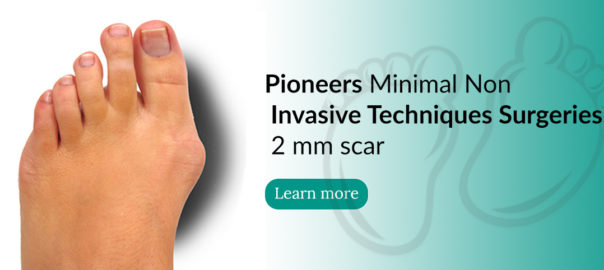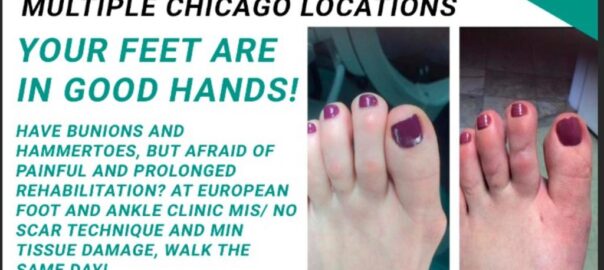A bunion is a bony bump that forms at the base of the big toe, causing it to point inward toward the other toes. Bunion treatment can vary depending on the severity of the condition and the individual’s symptoms. Here’s a checklist of potential bunion treatment options and steps you can consider:
- Consult a Healthcare Professional:
- Start by seeing a podiatrist or orthopedic surgeon for a proper diagnosis and treatment plan.
- Assess the Severity:
- Determine the severity of your bunion. Mild bunions may require different treatment than severe ones.
- Lifestyle and Footwear Changes:
- Opt for shoes with a wide toe box to reduce pressure on the bunion.
- Avoid high heels and narrow shoes that can exacerbate the problem.
- Consider orthotic shoe inserts or custom-made orthotics to provide better arch support.
- Padding and Taping:
- Use padded cushions or moleskin to protect the bunion from friction and pressure.
- Taping the bunion can help realign the toe and provide temporary relief.
- Medications:
- Over-the-counter pain relievers (e.g., ibuprofen) can help reduce pain and inflammation.
- Foot Exercises:
- Perform specific foot exercises to strengthen the muscles that support the big toe and improve flexibility.
- Orthotics and Splints:
- Your healthcare provider may recommend orthotic devices or splints to help correct the alignment of the toe.
- Physical Therapy:
- Physical therapy may be prescribed to improve joint function and alleviate pain.
- Icing:
- Applying ice to the bunion for 15-20 minutes several times a day can help reduce inflammation.
- Bunion Night Splints:
- These devices are worn at night to gently straighten the toe and slow down the progression of the bunion.
- Bunionectomy:
- In severe cases or when conservative treatments fail, surgery (bunionectomy) may be necessary to remove the bunion and realign the toe joint. Discuss surgical options with your healthcare provider.
- Follow-Up Care:
- Keep regular appointments with your healthcare provider to monitor the progress of your treatment and make any necessary adjustments.
- Foot Care Habits:
- Maintain good foot hygiene and nail care to prevent complications.
- Avoid activities that put excess strain on the feet.
- Manage Underlying Conditions:
- If conditions like arthritis contribute to your bunion, work with your healthcare provider to manage those conditions effectively.
- Patience and Time:
- Bunion treatment can take time. Be patient and consistent with your chosen treatments.
Remember that the appropriate treatment for your bunion will depend on its severity and your individual circumstances. Consult with our podiatrists in Chicago for a personalized treatment plan tailored to your needs.


